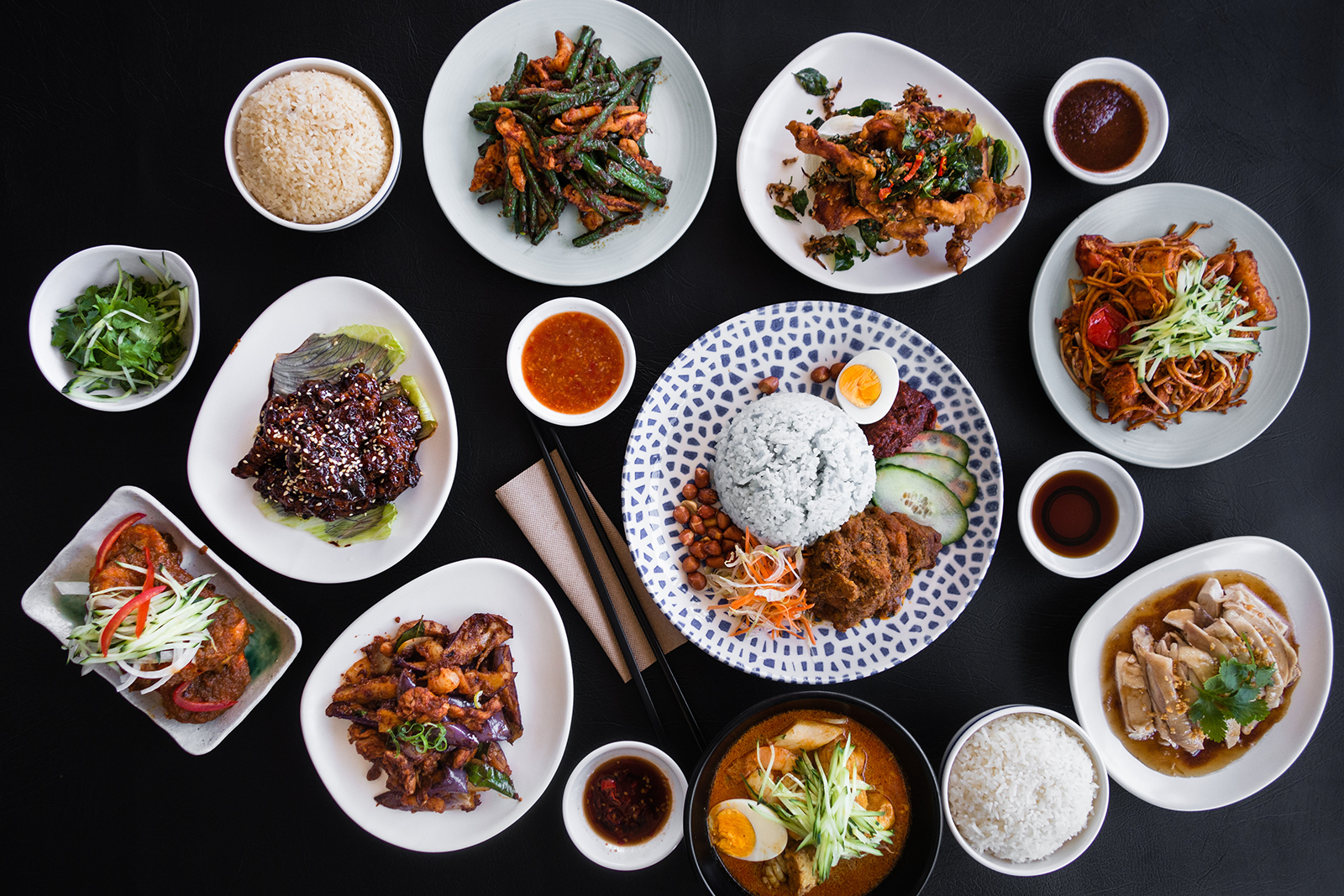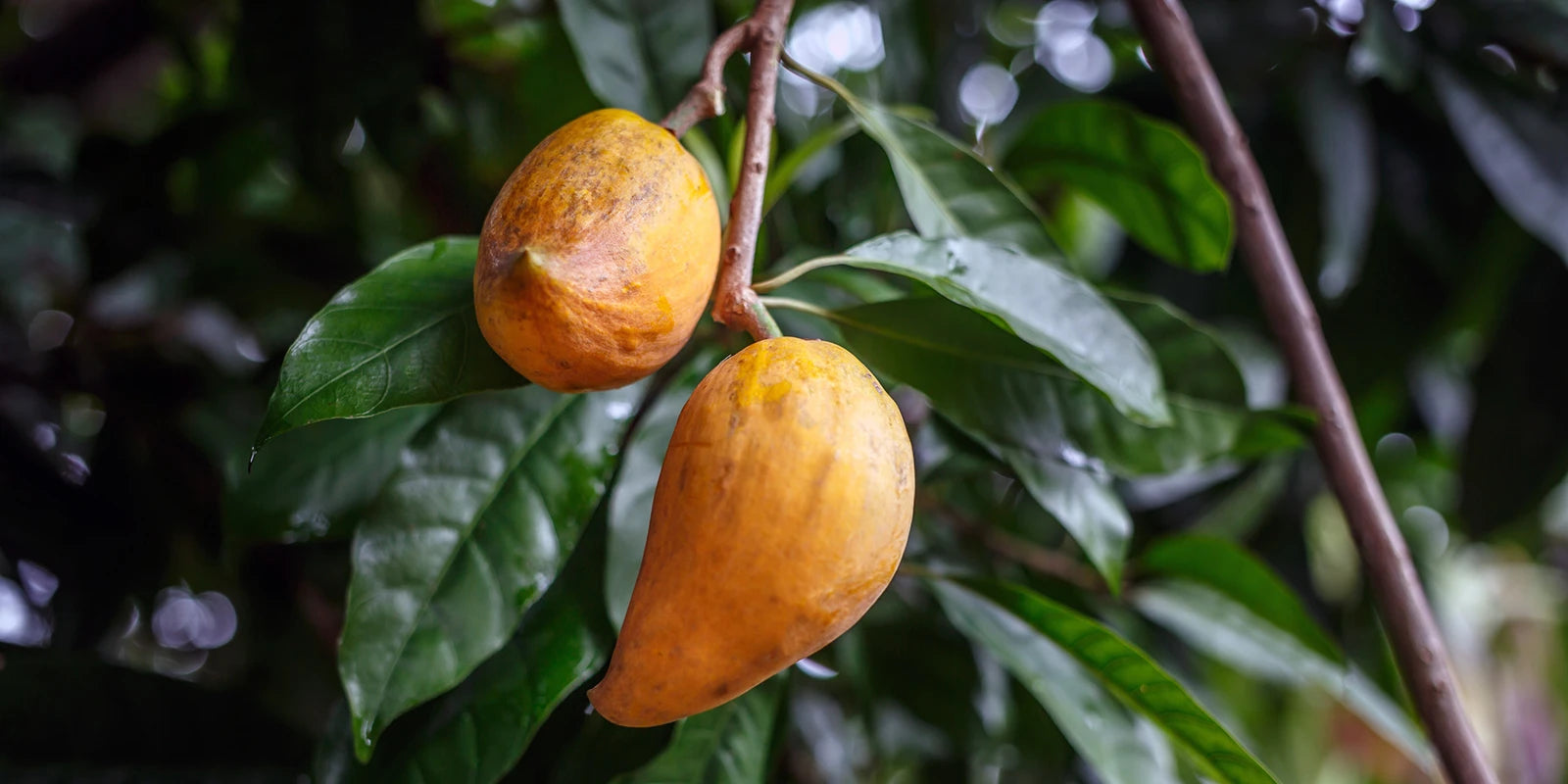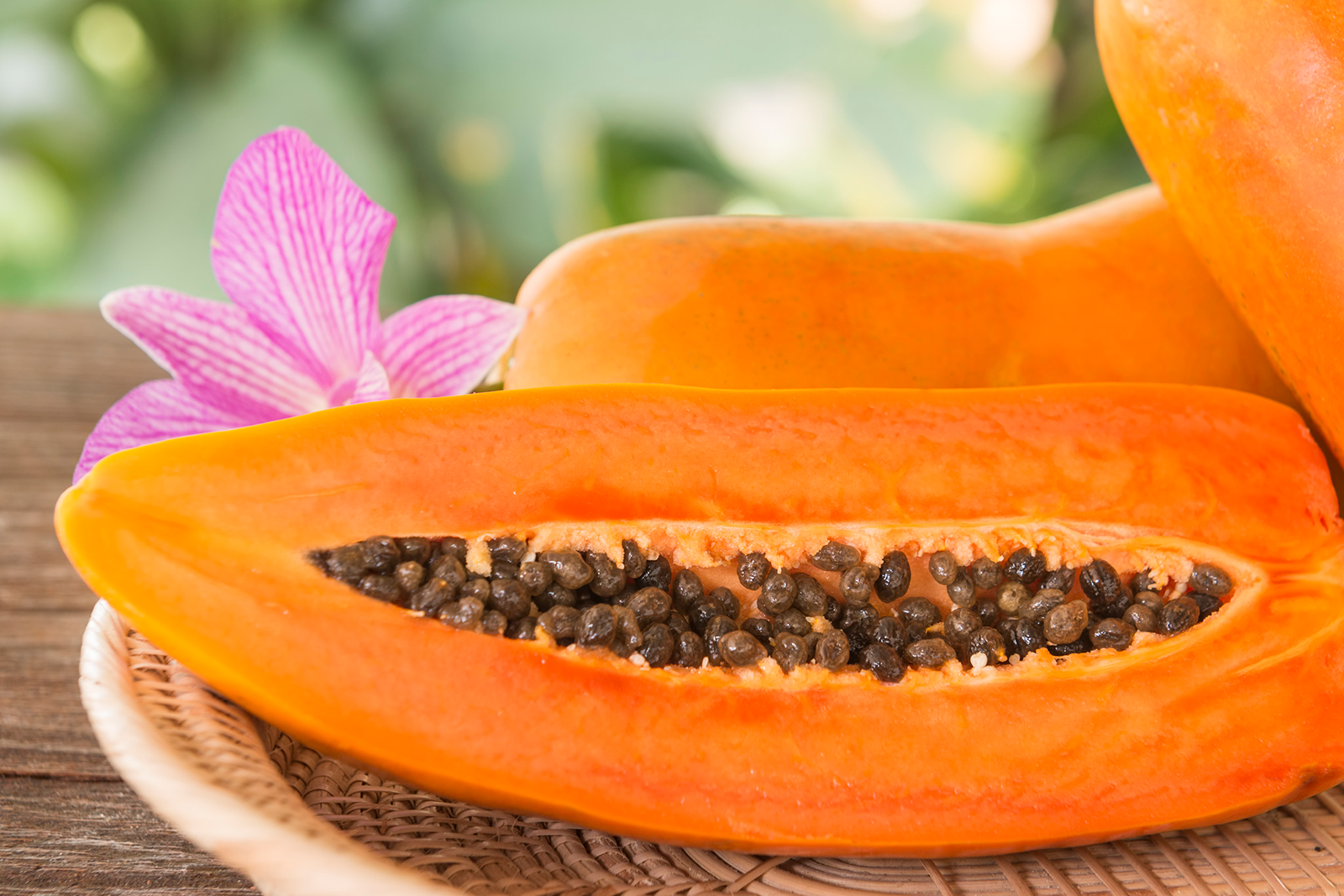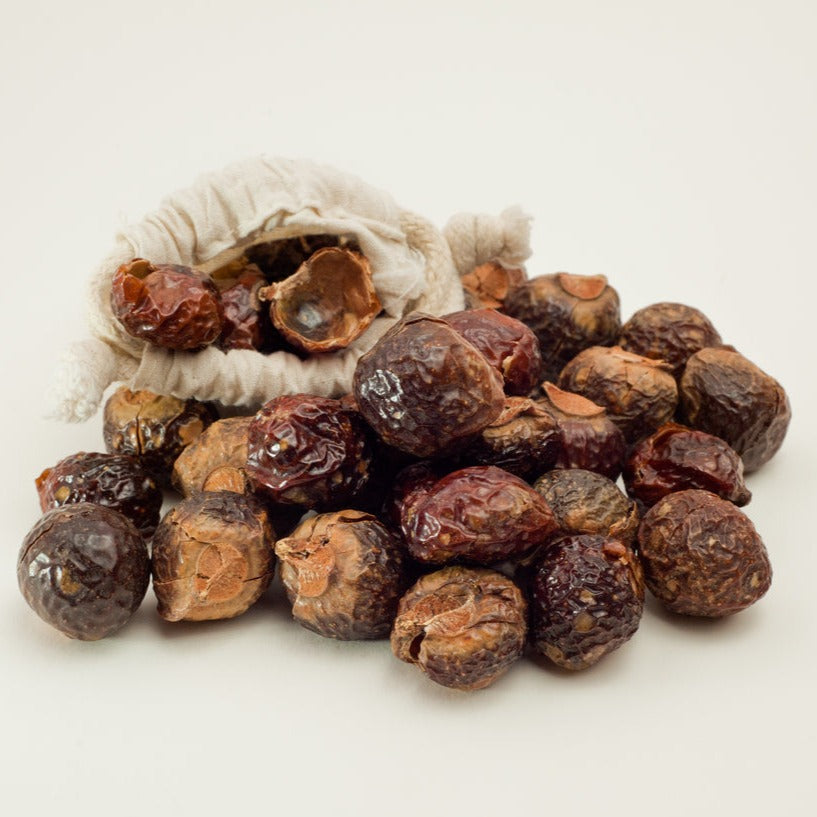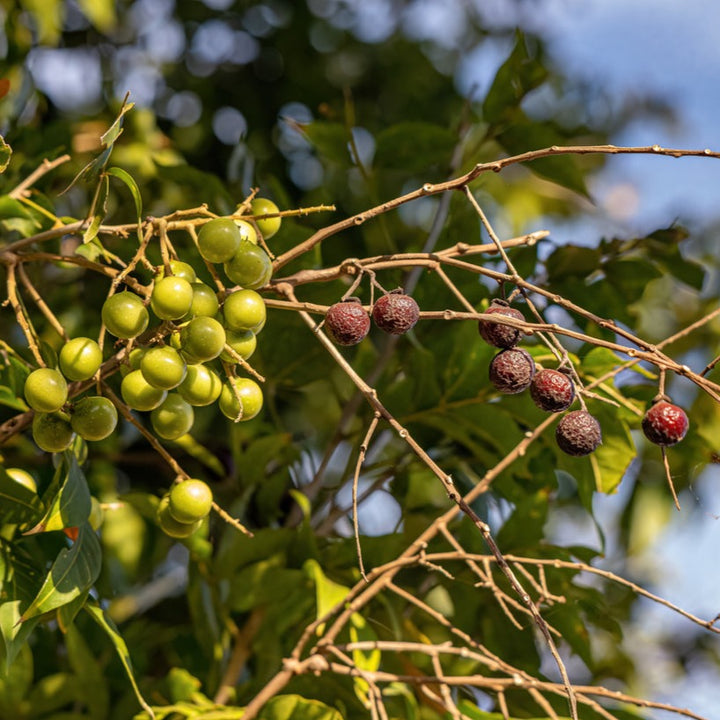Soapnut Plant -The Natural Wonder
Soapnut (Sapindus Mukorossi)
Soapnut berry are berry shells from the Sapindus tree, which is actually from the Lychee family. The trees are grown in abundance in China, India and Indonesia, very sustainable. It's fruit and soap extract are 100% biodegradable, so it is friendly to the environment. It is also 100% plant-based, hence, is suitable for all vegans. It is an absolutely natural way of obtaining soap. No chemical reactions, no synthesizing, just take the fruit pulp, mix it with water and you too can start to generate your own surfactant.
While this tough tree tolerates poor soil, drought, heat, wind, and salt, it won’t tolerate frosty weather.
Plants are 2.5 years. They are a fast grower and will do well in large pot. The plant will produce berries around 4-5 years.
- Soil: Prefers deep, loamy, well-draining soil with a neutral pH.
- Watering: Water deeply but allow the soil to dry between waterings to avoid root rot.
- Temperature: Best grown in temperatures between 10°C and 30°C. Moderately frost-tolerant.
- Light* Full sun to partial shade.
- Fertilising: Fertilize with a balanced NPK like 10-10-10 every few months during the growing season.
- Pruning: Prune to maintain tree health and shape, removing dead or overcrowded branches.
- Mulching: Use organic mulch to conserve moisture and suppress weeds.
- Pest Control: Look out for pests such as aphids and planthoppers. Use natural predators or organic pesticides to control them.
- Flowering and Fruiting: Produces small, white flowers followed by fruit that contains the soap nut seeds. Harvest the fruits once they begin to dry and split open.
- Potting: Not typically recommended for potting due to its large size and extensive root system.
- Feeding Regime: Regular feeding during the active growth period supports robust growth and fruit production.
We ship our plants and garden supplies throughout New Zealand. Due to the increased costs of shipping and packaging, we now apply a delivery charge. After offering free shipping for three consecutive years, we find it necessary to adjust this policy to align with current market conditions. However, we have lowered our prices to help offset this change.
Please note, we do not ship plants or garden supplies internationally from New Zealand. We do export plants and tissue culture materials from our overseas nursery, which requires a minimum order. Please contact us at hello@exoticanz.com to discuss your specific requirements.
Shipping (plants) from:
North Island Urban $25
North Island Rural $35
South Island Urban $25
South Island Rural $35
Shipping Garden Supplies:
North Island Urban $20
North Island Rural $25
South Island Urban $35
South Island Rural $45
Delivery
- Our plants are available for shipment from September to April, depending on stock levels. Typical delivery times range from 5 to 7 business days, although they can take up to 10 business days depending on the destination.
- We take extra care in packaging; most of our plants are secured in bespoke inserts and shipped in individual boxes to ensure they arrive undamaged.
- Deliveries are scheduled once a fortnight, typically on Monday. If you place your order over the weekend, we aim to dispatch your plants on the following Monday. This scheduling allows our team to prepare your order thoroughly and ensures the courier has sufficient time to deliver your plants safely, avoiding any unnecessary delays over the weekend.
- All orders are shipped via courier track and trace service (not signature required)
- We cannot deliver to PO Box addresses.
- If you have a rural address, please contact us beforehand to discuss the best delivery options and avoid any potential issues.
Additional Delivery Information
- Most plants are shipped with soil. During the cooler months, we closely monitor weather conditions and may temporarily delay shipments if the weather is particularly severe. Our packing process includes adding insulation when necessary to protect the plants against temperature extremes.
- In summer, we ensure that plants are thoroughly watered before they leave our nursery. Occasionally, we may need to ship plants bare-rooted, particularly when they cannot be comfortably re-potted into smaller packaging for shipping. We will always discuss this with you in advance if your plant needs to be shipped in this manner.
- It's important to note that shipping can be a stressful experience for plants, often due to spending several days in a dark, confined space. While most plants withstand this with little to no stress, some may experience leaf drop. However, they generally recover quickly with some additional care, including proper watering and gradual reintroduction to light after arrival.



